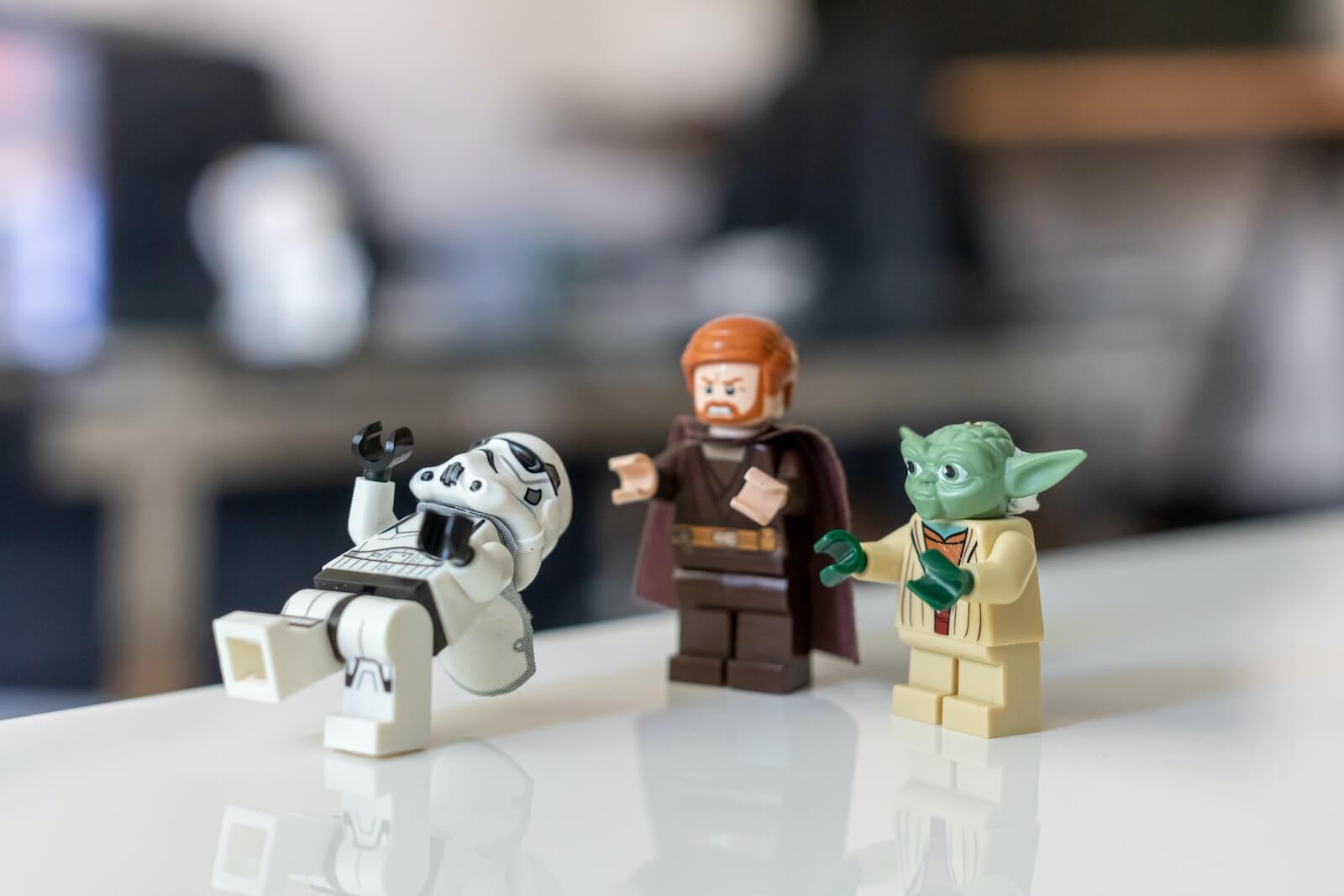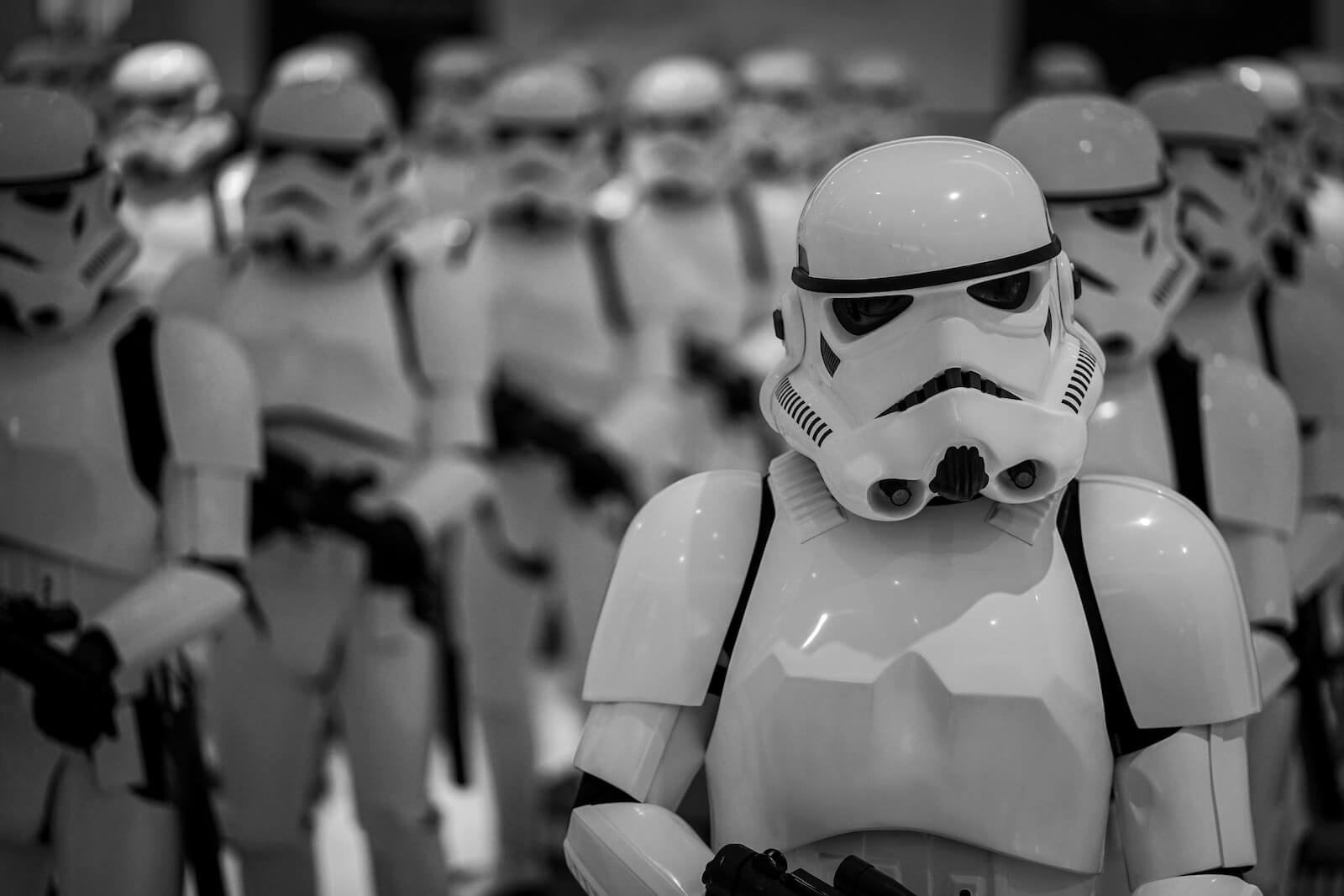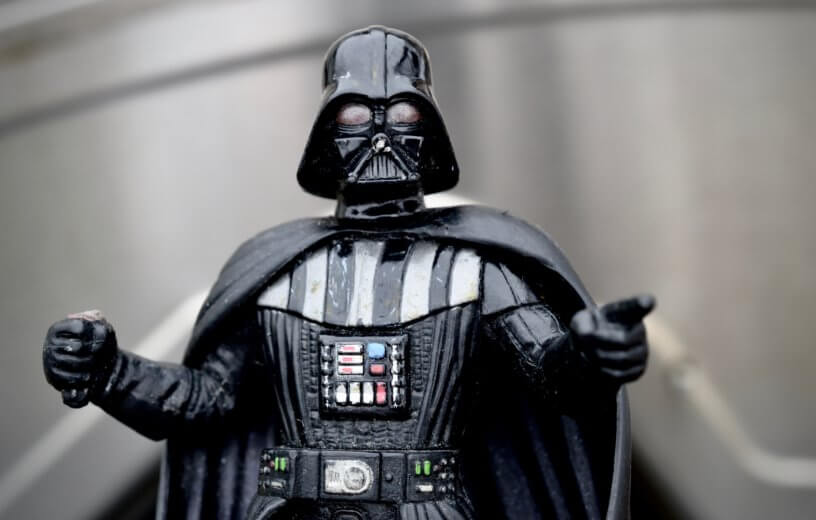CHEMNITZ, Germany — The “force” is so strong with us these days that it’s forced its way into everyday modern English. For decades, “Star Wars” has captivated audiences with its epic storytelling, memorable characters, and unique lexicon. Characters like Luke Skywalker and his fellow Jedi have become more than just parts of a fictional universe; they have woven themselves into the fabric of popular culture. Now, German researchers say phrases like “May the Force be with you” have transcended the screen, taking on a plethora of meanings and uses, and in the process, becoming part of our vernacular — even if you’re not a fan.
To be sure, German researchers studied how terms like “Jedi,” “Padawan,” and “Yoda” are used in various English corpora, including the British National Corpus and the Corpus of Contemporary American English. Astonishingly, these terms have appeared thousands of times in various contexts, demonstrating their widespread adoption. In fact, study author Dr. Christina Sanchez-Stockhammer, chair of English and Digital Linguistics at Chemnitz University of Technology, says that the word “Jedi” occurs more than four times per million words, meaning it is as common as general vocabulary words like “jewel” or “dizzy.”
In more than a third of the uses of Star Wars words, the study concludes that there is no direct reference to the film franchise at all.

How Has ‘Star Wars’ Changed Modern Language?
Sanchez-Stockhammer says the word “Jedi” has evolved from describing a Star Wars character to symbolizing a person with exceptional skills or expertise in a particular field. Similarly, “Padawan,” initially a term for a Jedi apprentice, is now colloquially used to refer to a learner or novice in various fields, from technology to politics.
It’s hard not to go anywhere and see people wearing clothing bearing Yoda, the wise and powerful Jedi Master, or even the infant version of him. The study shows that “Yoda” has become a metaphor for wisdom and expertise. Phrases like “a Yoda of finance” or “the Yoda of cooking” are not uncommon, illustrating how the character’s name has become synonymous with mastery and sagacity.
Meanwhile, the phrase “to the dark side” has also gained metaphorical significance, often used to describe a shift towards a less virtuous or more commercial path.
“Star Wars has become such an important part of popular culture that e.g. Yoda’s role as a mentor or the appearance of lightsabers can be assumed to be familiar to large sections of the population and thus form the basis for innovative language uses,” Sanchez-Stockhammer says in a statement.
Interestingly, the study also shows diverse applications of the term “lightsaber,” reflecting its presence in real-world merchandise and as a symbol of combat or competition. “The example of ‘lightsaber’ shows that Star Wars is now even somehow part of our physical reality,” adds Sanchez-Stockhammer. “Most uses of the word refer to tangible toy lightsabers, for example in ‘I have my lightsaber and my sci-fi toys’.”
This linguistic shift signifies more than just the popularity of “Star Wars.” It’s a testament to how deeply popular culture can influence language, introducing new metaphors, expressions, and meanings. Sanchez-Stockhammer says all of the words used in the study already appear in the Oxford English Dictionary.
While some catchphrases such as Mr. Spock’s “live long and prosper” motto from “Star Trek,” or Homer Simpson’s foolish “D’oh” have entered the language, they are attached to a particular character. But it is rarer for general words to enter the language of their own with no prior knowledge of their origin.
This interplay between popular culture and linguistics highlights the dynamic nature of language and its ability to evolve and adapt, drawing from diverse and unexpected sources.
“Star Wars has not only had an important and still ongoing impact on popular culture but also on the English language, in the sense that a substantial number of words and constructions from a galaxy far, far away have already become an established part of the English vocabulary,” Sanchez-Stockhammer concludes in her paper, which is published in the journal Linguistic Vanguard.

Study Methodology
Here’s how Sanchez-Stockhammer reached her conclusions about Star Wars’ influence on modern English:
1. Selection of Star Wars-Derived Terms: The study focused on specific terms from the “Star Wars” universe, including ‘Jedi’, ‘lightsaber’, ‘Padawan’, ‘Yoda’, and the phrase ‘to the dark side’. These terms were chosen for their prominence in the franchise and potential for widespread use in everyday language.
2. Corpus Analysis: The research utilized several large linguistic databases, known as corpora, to analyze the usage of these terms. The corpora included:
- The British National Corpus (2007 XML edition; BNC)
- The spoken component of the British National Corpus 2014 (BNC Spoken 2014)
- The Corpus of Contemporary American English (2019; COCA)
- The Corpus of Historical American English (2019; COHA)
3. Keyword Search: The selected Star Wars terms were searched in their base forms across these corpora. This search included variations in spelling and punctuation, especially for terms like ‘lightsaber’, to account for differences in British and American English, as well as hyphenation and spacing.
4. Data Filtering: To avoid skewed results from repeated use within the same texts, the data was filtered. Duplicates were removed based on identifiers of individual texts in the corpus or the source URL for COCA and COHA.
5. Random Sampling: For each term with more than 100 occurrences in a specific corpus, a random sample of 100 instances was selected using a random number generator. All instances were analyzed if the count was less than 100.
6. Manual Annotation and Categorization: The researchers manually annotated the context of each occurrence of the Star Wars terms. These contexts were categorized into five groups:
- No or unclear reference to Star Wars
- Reference to Star Wars films or texts focusing on form
- References to the Star Wars universe focusing on content
- Reference to Star Wars merchandise or real-world objects
- Innovative use of Star Wars-derived items in real-world contexts
7. Analysis and Interpretation: The categorized data was then analyzed to understand how these terms from the “Star Wars” universe are used in contemporary English, beyond their original context in the movies.
This methodical approach enabled the researchers to quantitatively and qualitatively assess the influence of “Star Wars” on modern English, highlighting the series’ cultural impact and the fluid nature of language.
You might also be interested in:
- Meet Sky OV: Star Wars-inspired plane could fly from London to New York in 3 hours
- Best Star Wars Movies: Top 5 Iconic Films To Watch On May The 4th!
- ‘Star Wars’ was right! Aliens may be living on planets with two suns

